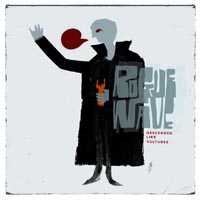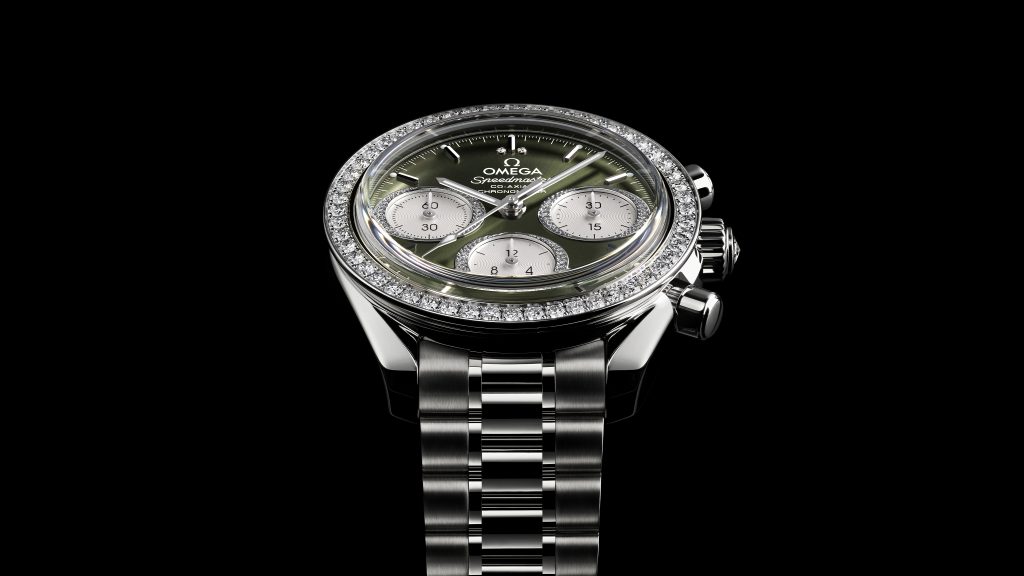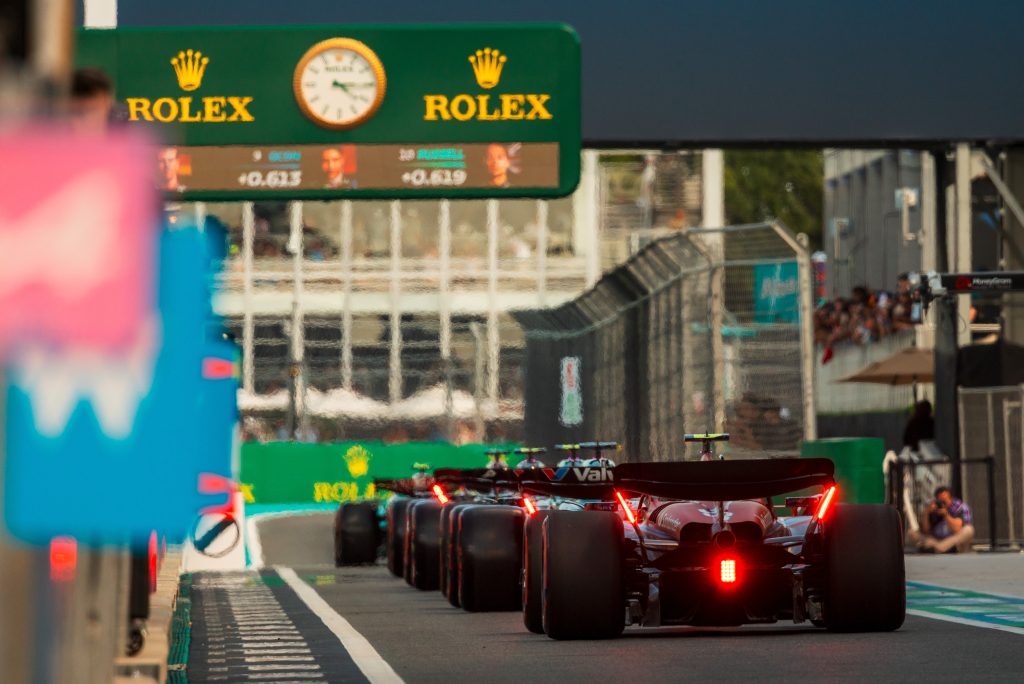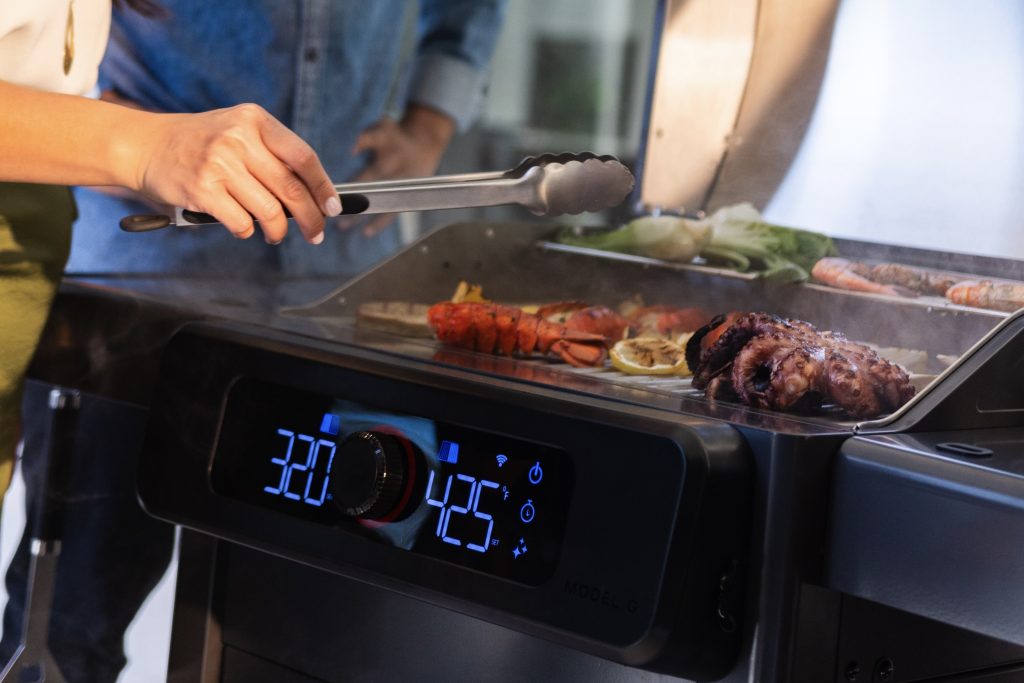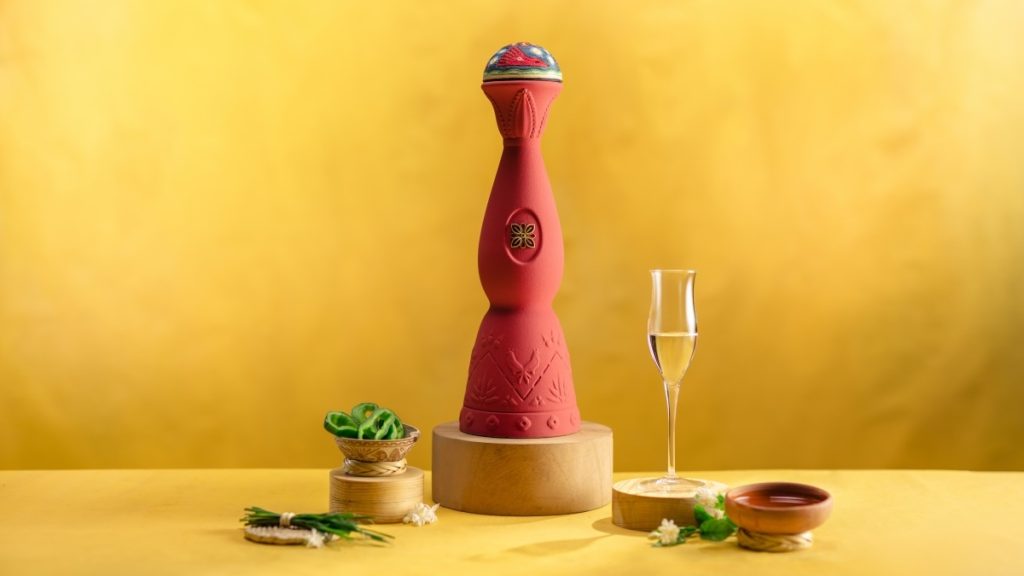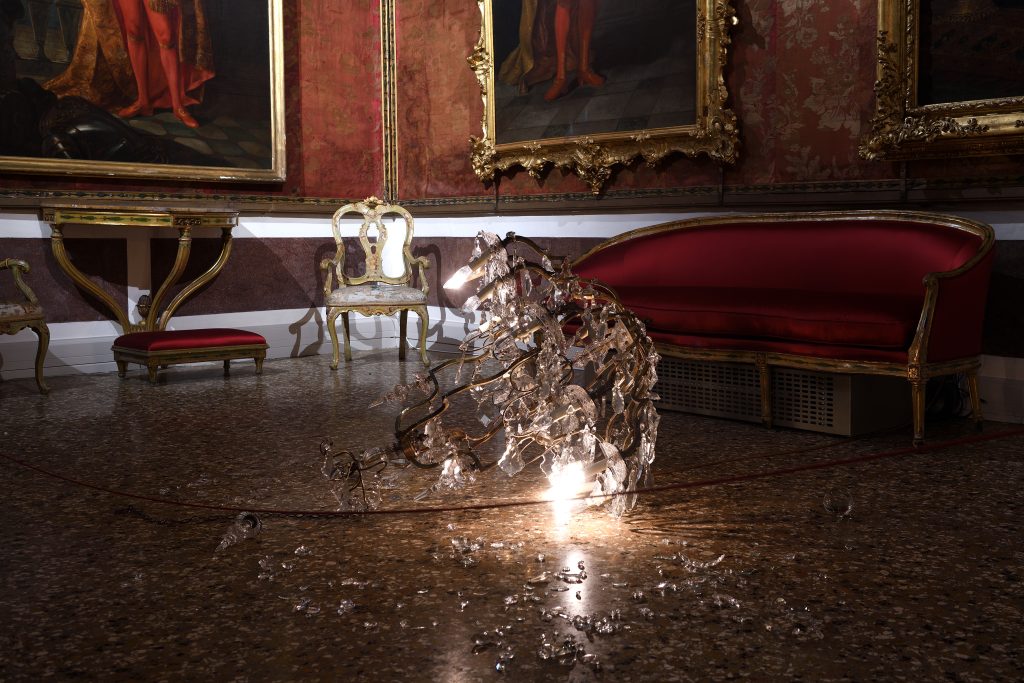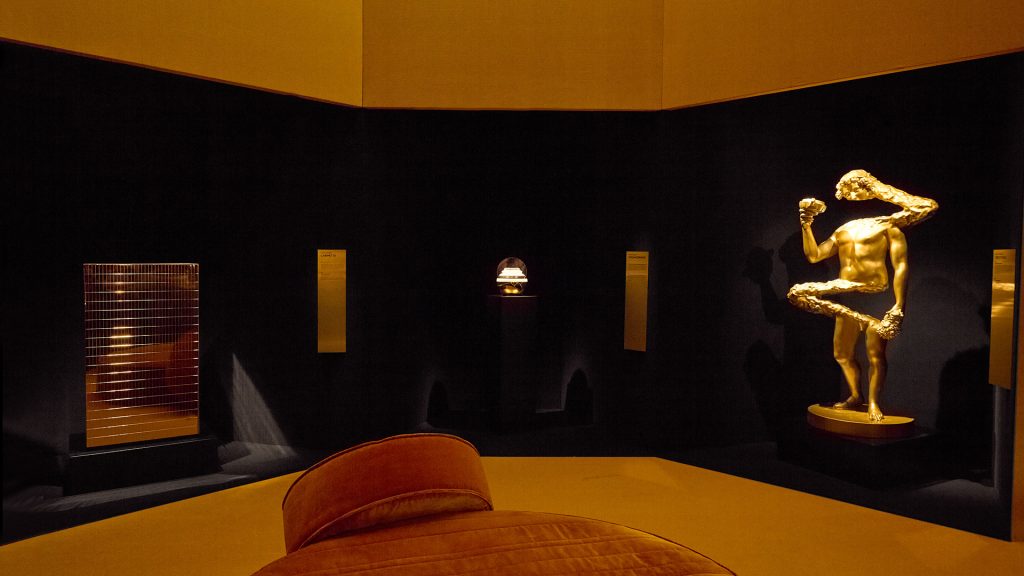Interview: Richard Moss, Founder of Experimental Design Studio Rogue Projects
The London-based designer and engineer explains his mission, vision and process
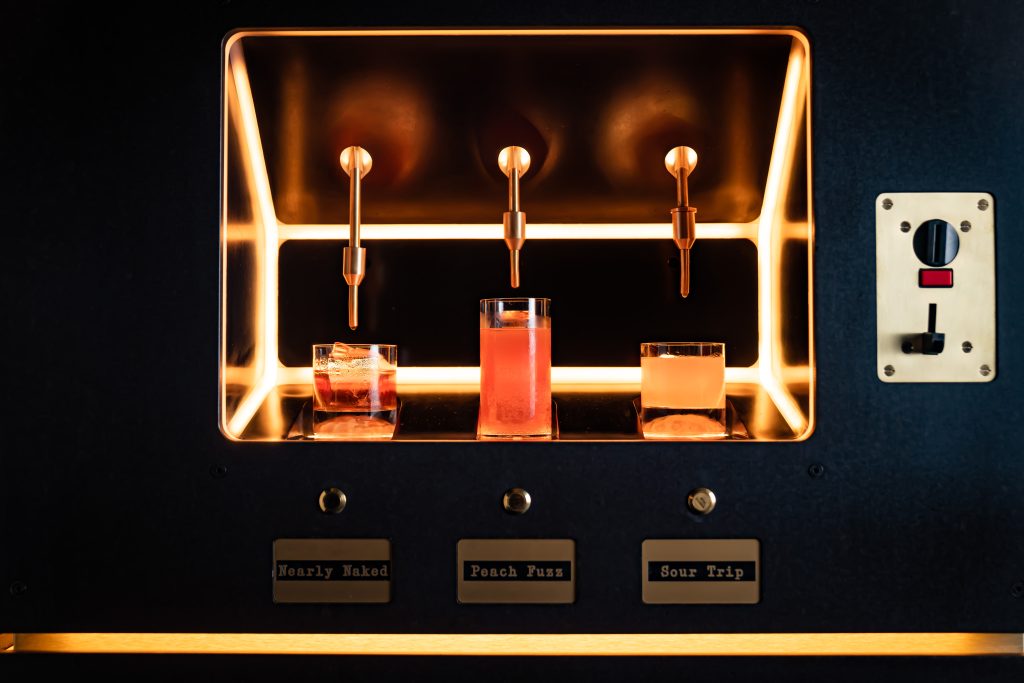
From a trio of sculptural cocktail-making machines to a handheld Bluetooth speaker housed in an upcycled tennis ball, the London-based experimental design studio Rogue Projects upends expectation and infuses mechanical works with wonder. Founded by designer and engineer Richard Moss in 2013, the collaborative firm synthesizes requests (sometimes for whimsy and wonderment) and fabricates the extraordinary. Moss, who grew up in Johannesburg, South Africa, helmed the building workshop of acclaimed architect Santiago Calatrava for the development of NYC’s Oculus Transportation Hub. He also designed a watch boutique within Cape Town’s V&A Waterfront and spent a substantial time around Swiss wristwatches, both of which informed his sense of precision and materiality.

“My dream as a product designer, and why I delve so deeply into design, is because it’s very much a discipline for all people,” Moss tells COOL HUNTING of his mission. “Design and engineering were formative steps for me but art is integral to the way I communicate my ideas. I probably would have just been a painter if I were born in New York.”

There is an artful undercurrent to the work of Rogue Projects, especially their creations for the hospitality space. The most recent of which, The Dispensary, was designed for The Alchemist—a beloved cocktail bar and restaurant in Glasgow—at the request of Edrington and Naked Malt. It dispenses, in a theatrical manner, three different cocktails.
“I really consider the works almost art installations,” Moss says. “For a lot of the projects that I tend to take on, I try to push the client briefs toward some sort of purpose that integrates into their business model. It yields discovery and experimentation along the way. Wonder is not something brought across at the beginning of each project. It very much happens through process and prototyping.”

The Dispensary is clad in PaperStone, a sturdy material made from recycled paper and environmentally-sensitive resin. The inner-workings are also made visible at the top of the tower. “I was considering the machine itself as a sort of sequence of portals,” Moss says. “We wanted to create something that was woven into the space and that was subtly powerful within it. We embraced this visual theatricality because the upper portal has a window on the front and back so patrons can see the machine working.”
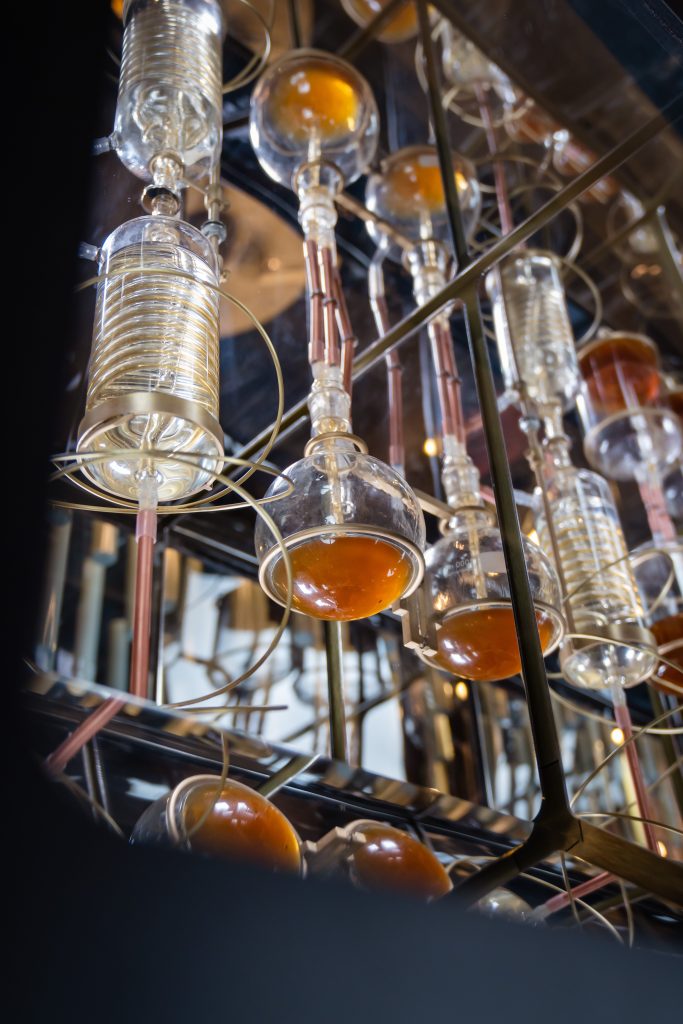
Moss underscores the importance of collaboration to Rogue Projects—not only with the clients but also with fabricators. “There are a lot disciplines coming together,” he says. “The key is collaboration. It’s something I thrive on. I am very vulnerable regarding elements of the work that I can’t do myself, but I have a good sense of how something is going to behave in the space.”

For the dispensary and the Mix Machine Jukebox, Moss collaborated with a fabricator named Nick Runeckles on the mechanics and electrical components. “He’s able to mesh my imagination and visual sensibility and make things work. Not too many people are doing these purpose-driven art installations that function inside of hospitality spaces. We’ve carved quite an interesting niche for ourselves,” Moss says.

The retro aesthetics of the Mix Machine jukebox are quite different from the monumental Dispensary. This machine serves four different highball variations and delivers each with its own song. “For the Mix Machine with Glenmorangie, we knew we wanted to create a jukebox but it needed to have synergy with their new product line at the time, Glenmorangie X.” Moss looked to the scotch release’s colorful, shimmering packaging, “which became elemental to the sensibility of the machine, as well as selecting the materials,” he says. “Ultimately, we wanted to create a traditional jukebox and reflect its classic principles but we needed to ignite it with some real sense of modernity. We did that with the geometries of the machine, elegantly using the curves and working with white Corian material.”
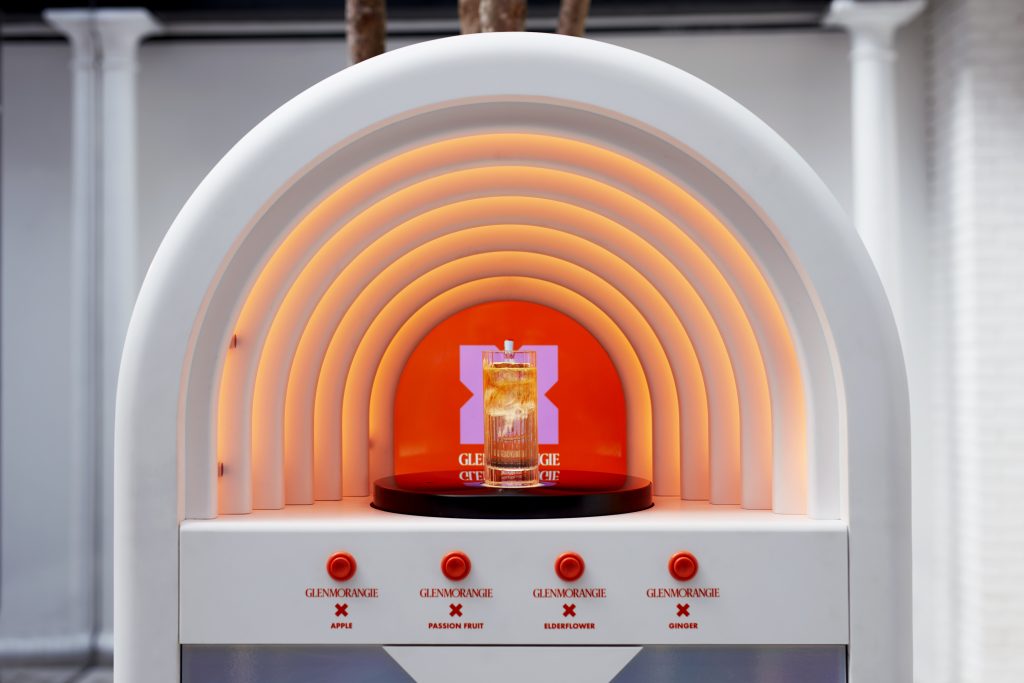
Moss started his studio with art commissions but entered the hospitality space through conversations with peers. “A very close friend runs the Inception Group,” he says. “They are very much at the avant-garde, disruptive end of hospitality. The Mechanical Mixologist machine that we created for the Mr Fogg’s Society of Exploration [part of the Inception Group] was our first big step into this world. That happened through [founder] Duncan Stirling. He was eager to roll out an offshoot of his mechanical lab. We were offered a central niche behind the bar counter to create something. It was an opportunity for me to stretch their brief, which was about having a Rube Goldberg machine, into a fully functional mechanical mixologist.” The resulting machine references Victorian design—takes each glass on a circular journey and crafts a negroni in 45 seconds.

With the invention of the clever hearO portable Bluetooth speaker housed inside tennis balls from iconic events, Rogue Projects entered the consumer goods market. In addition to online availability, hearO is even on shelves at Le Bon Marché. “This is the first kind of product from Rogue Projects,” Moss says. “We are hoping to create a line of environmentally thoughtful art objects that shift people’s attention to what they’re buying, to get them to ask about what it was and what it isn’t.” Moss, who’d previously worked with Wilson on a collaboration with Roger Federer, also notes, “I wanted imagination to be the guiding force behind hearO.”

The hearO speaker is carbon neutral and its case (clearly) is from an upcycled item. Eco-consciousness runs through the work of Rogue Projects. It’s not only about their materials, which are often sourced locally, but also the fact that they’re “building things that we’re trying to make timeless,” Moss says. To do so, Moss has tapped into an inspiring inventiveness possessed by very few.
Images courtesy of Rogue Projects

